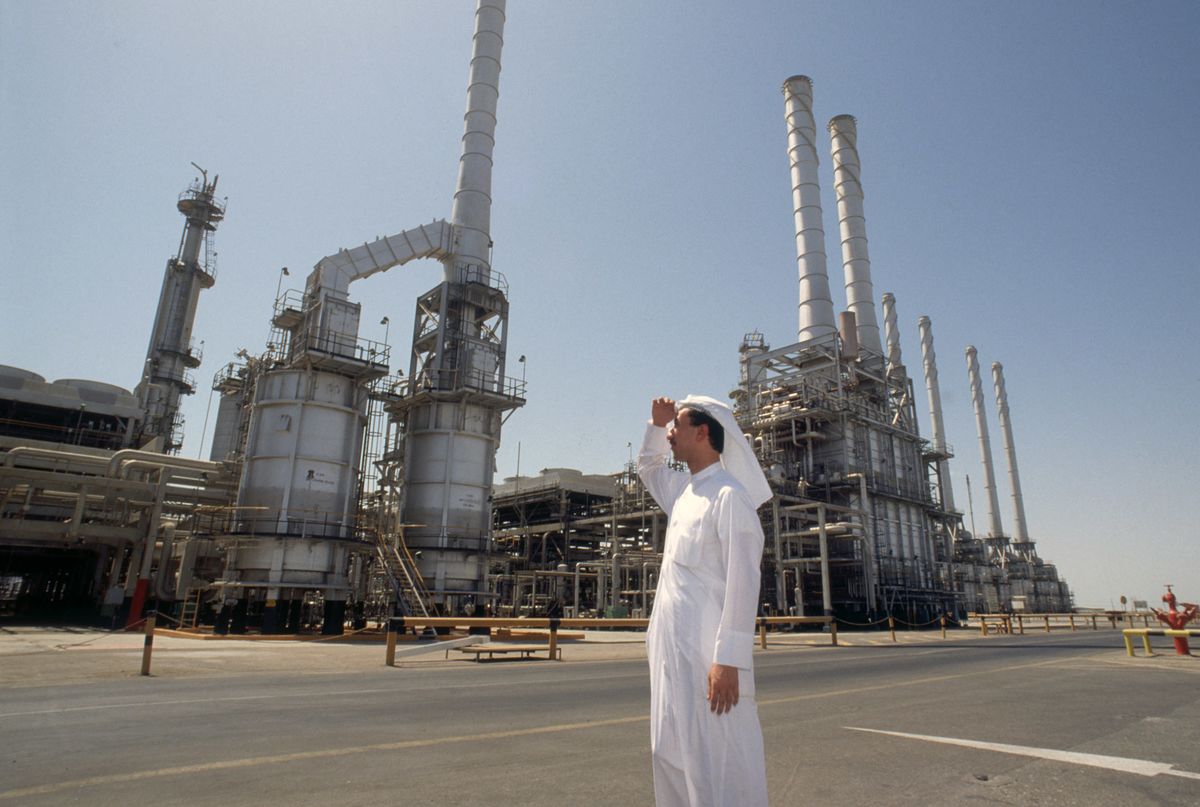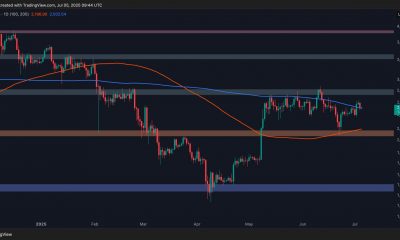Commodities
Saudi Arabia received an “unanticipated” $326 billion in oil revenues in 2022. How much oil does Saudi Arabia produce?

At the end of the year, Saudi Arabia received unexpectedly large revenues from oil sales to foreign countries. Despite some of the lowest monthly revenues in December, Riyadh’s economy grew 8.7 percent, the largest increase among G20 countries, Bloomberg reported, citing data from the kingdom’s General Statistics Office. How much oil does Saudi Arabia produce?
Saudi Arabia oil revenues
The high income of Saudi Arabia from crude oil exports is more unexpected because its oil revenues have been declining for the sixth month in a row. But the second-largest “unexpected” profit in the kingdom’s history gives Crown Prince Mohammed bin Salman more cash to diversify the national economy and gradually move away from his heavy reliance on commodity exports, the article specifies.
“With oil prices ending last year around $80 a barrel after rising sharply to triple digits, Saudi Arabia received 85.5 billion rials ($22.8 billion) in December from exports of crude oil and refined products. Although monthly receipts were the lowest in nearly a year, oil revenues reached nearly $326 billion in 2022,” the story said.
On December 25, the website of Saudi Arabia’s statistical office reported that the kingdom’s oil revenues reached 95.796 billion rials ($25.5 billion) in October 2022. The figure was the lowest since February. By comparison, Riyadh managed to export a total of 100.192 billion rials worth of oil in September.
Earlier we reported that oil prices rose on expectations of demand in China.
Commodities
Oil prices rise; U.S. crude inventories plunge, Russia-Ukraine truce eyed
Commodities
India’s Reliance to stop buying Venezuelan oil over US tariffs, sources say
Commodities
Oil prices climb on Venezuela supply worries

 Forex3 years ago
Forex3 years agoForex Today: the dollar is gaining strength amid gloomy sentiment at the start of the Fed’s week

 Forex3 years ago
Forex3 years agoUnbiased review of Pocket Option broker

 Forex3 years ago
Forex3 years agoDollar to pound sterling exchange rate today: Pound plummeted to its lowest since 1985

 Forex3 years ago
Forex3 years agoHow is the Australian dollar doing today?

 Cryptocurrency3 years ago
Cryptocurrency3 years agoWhat happened in the crypto market – current events today

 World3 years ago
World3 years agoWhy are modern video games an art form?

 Commodities3 years ago
Commodities3 years agoCopper continues to fall in price on expectations of lower demand in China

 Economy3 years ago
Economy3 years agoCrude oil tankers double in price due to EU anti-Russian sanctions





























